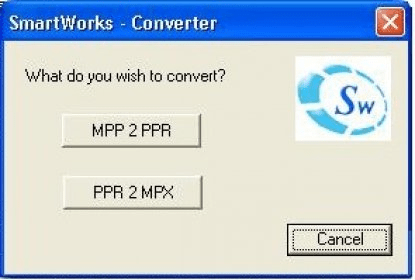
Of course, OmniPlan can export to its own format. If you export a project while a filter is on, you can choose whether to export the entire project or only the contents that are visible. Note that not all aspects of an OmniPlan document can be represented in all file formats if you’re working in tandem with others, consider Publishing and Subscribing. When you export, a new file is created, leaving your original document as it is on the screen. To export an OmniPlan file, choose File ▸ Export ( Option-Command-E). OmniPlan can write files in several formats for use with other applications. The title of an object becomes the task title, and the hierarchy of connection lines determines the hierarchy of task groups. Task lists can be imported from OmniGraffle diagrams. If the outline has multiple levels of hierarchy, task groups are created. A column mapping dialog appears, where you can choose which outline column should correspond to which field of task information.

Task lists can be imported from OmniOutliner files. Tab-delimited files are formatted like CSV files, except that tab characters are used instead of commas to separate fields. To see how the data in a CSV file should be formatted, export an OmniPlan document as a CSV file and open the result in any text editor.

OmniPlan can read comma-separated or tab-delimited values from a plain-text file. The following file formats are recognized and can be imported by OmniPlan 3: Comma-Separated Values (.csv) and Tab-delimited text files (.txt) opld Dashboard file), choose File ▸ Open ( Command-O), and be sure that Allow import of other recognized file types is checked in the Open dialog. When it’s time to import a file other than an OmniPlan.

The file is imported into a brand new OmniPlan document, which you can then edit, save, or export. You can open files of these types in OmniPlan the same way you would open an OmniPlan document. OmniPlan understands several other applications’ file formats.


 0 kommentar(er)
0 kommentar(er)
